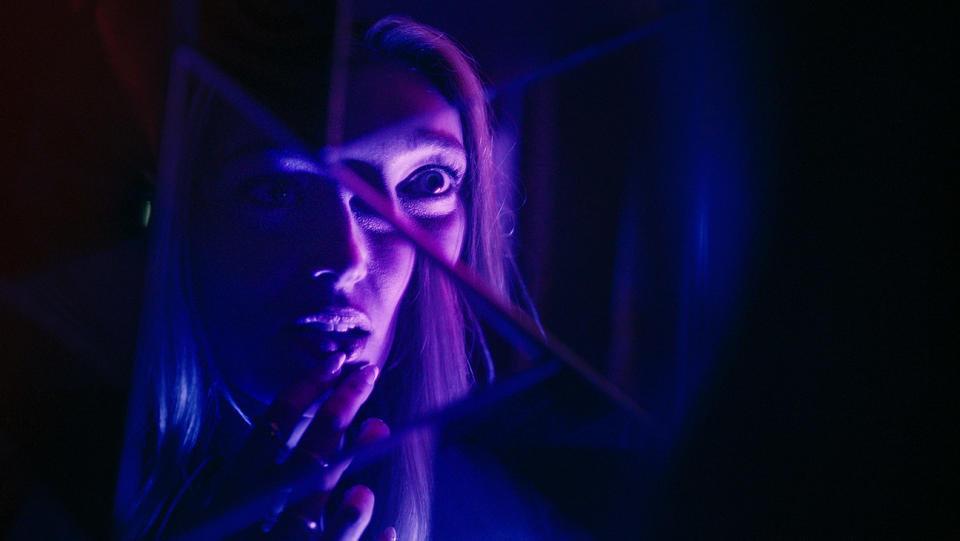Berlin: Why Streamers’ Belt Tightening Casts A Shadow Over Indies
- Oops!Something went wrong.Please try again later.

The European Film Market is off to a strong start, buoyed by post-strike optimism and a truly impressive lineup of projects on offer in Berlin this year, including available indie movies with the A-list draws of stars such as Margot Robbie, Dave Bautista, Scarlett Johansson, and Will Smith. Coming off a solid Sundance and improving box office figures, both in the U.S. and Europe, hope appears to be slowly returning to an indie film industry that seemed near the brink just six months ago.
But many EFM sellers still see a cloud over the horizon with the unresolved issue of the home entertainment market, particularly the all-important pay-one window. Ancillary revenues have always been the true driver of the indie market, but as streaming comes to dominate post-theatrical exploitation and the biggest platforms are pulling back on how much independent fare they buy, many are questioning how indie movies can make the numbers work.
More from The Hollywood Reporter
Swedish Political Thriller 'Hammarskjold - Fight for Peace' Sells to Multiple Territories
Berlin Debates AI Threat to Hollywood Jobs: "Fear the Person Who Uses These Tools"
Berlin Shooting Star: Irish Actor Éanna Hardwicke on Going From Cork to 'Lakelands'
“We’ve all become more and more beholden to the streamers for ancillary revenue, and those license fees have been dramatically reduced,” says one veteran seller. “If you’re building a finance model for an independent film, these days, your return on that pay-one window is probably going to be a third of what you would have expected just a few years ago. There’s just not enough revenue from at-home markets to cover production costs for most films.”
Headline-making deals, like Netflix’s $17 million acquisition of Greg Jardin’s horror thriller It’s What’s Inside, or Amazon’s $15 million buy of Megan Park’s comedy My Old Ass, both out of Sundance this year, are not, sellers say, making up for the broader loss of pay-one revenue as streamers overall buy fewer indie movies.

It’s no surprise that most active independent buyers, the likes of A24 and Bleecker Street, have pay-one output deals in place (with Warner Bros. Discovery and Paramount Global’s Showtime Networks, respectively) that guarantee ancillary monies for their entire slate.
“The future state of streaming platforms and their acquisition strategies are critical to the survival of independent film,” says J.J Caruth, president of domestic marketing and distribution at Highland Film Group’s U.S. distribution arm The Avenue. “Without having that pay-one window revenue, financing independent films becomes that much more challenging.”
Caruth also sees a divide between streamer demand for mainstream genre films —she points to The Avenue’s action thriller Land of Bad starring Liam and Luke Hemsworth alongside Russell Crowe, as “exactly the type of content streamers are looking for” —with the more “unique edgy indie fare” —think Celine Song’s Past Lives, Justine Triet’s Anatomy of a Fall or Wim Wenders’ Perfect Days — that are pulling in audiences in theaters “but might not necessarily work as well for the platforms.”

“Those kinds of generic action movies are great for Netflix and Amazon but they no longer have currency as a theatrical movie,” notes one European-based packager and seller, pointing to Liam Neeson’s Retribution, which earned just $7 million domestically for Roadside Attractions, or Millennium Media’s Expend4bles, which earned less than $17 million at the domestic box office for Lionsgate, the worst performance, by far, of the Expendables franchise.
But Joe Lewis, CEO of Amplify Pictures, sees new opportunities in the streaming market as platforms shift away from their walled-garden approach of global all-rights deals and begin to “enter into an age of non-exclusively with is super-exciting…You can put your stuff out on multiple VOD platforms now and you see that the numbers aren’t cannibalizing each other, in fact, they can be additive.”
Instead of a one-size-fits-all deal with a streamer, “essentially a cost plus deal, where you give up all global rights forever,” Lewis says indie producers can get creative with windowing rights, “putting together money from different sources” to allow “the value of a project to be better correlated with its success.”
Caruth agrees, noting that the recent strategic shift by the streamers, “where they are beginning to license and window content” and be more flexible with rights deals makes her “cautiously optimistic again.”
But, given the increasingly vital importance of streaming revenue to indie films, and the increasing dominance of a handful of vertically-integrated producer/distributor platforms, a long-term solution for the pay-one window problem is still out of sight.
“I’m going to say something which will probably ensure that I never get hired by one of these streamers, but without some form of regulation, as they have in Europe to require platforms to buy a certain amount from the independents, it’s going to be very hard for independent producers and independent films to survive,” says Caruth. “But for the streamers, regulation is a four-letter word.”
Best of The Hollywood Reporter

